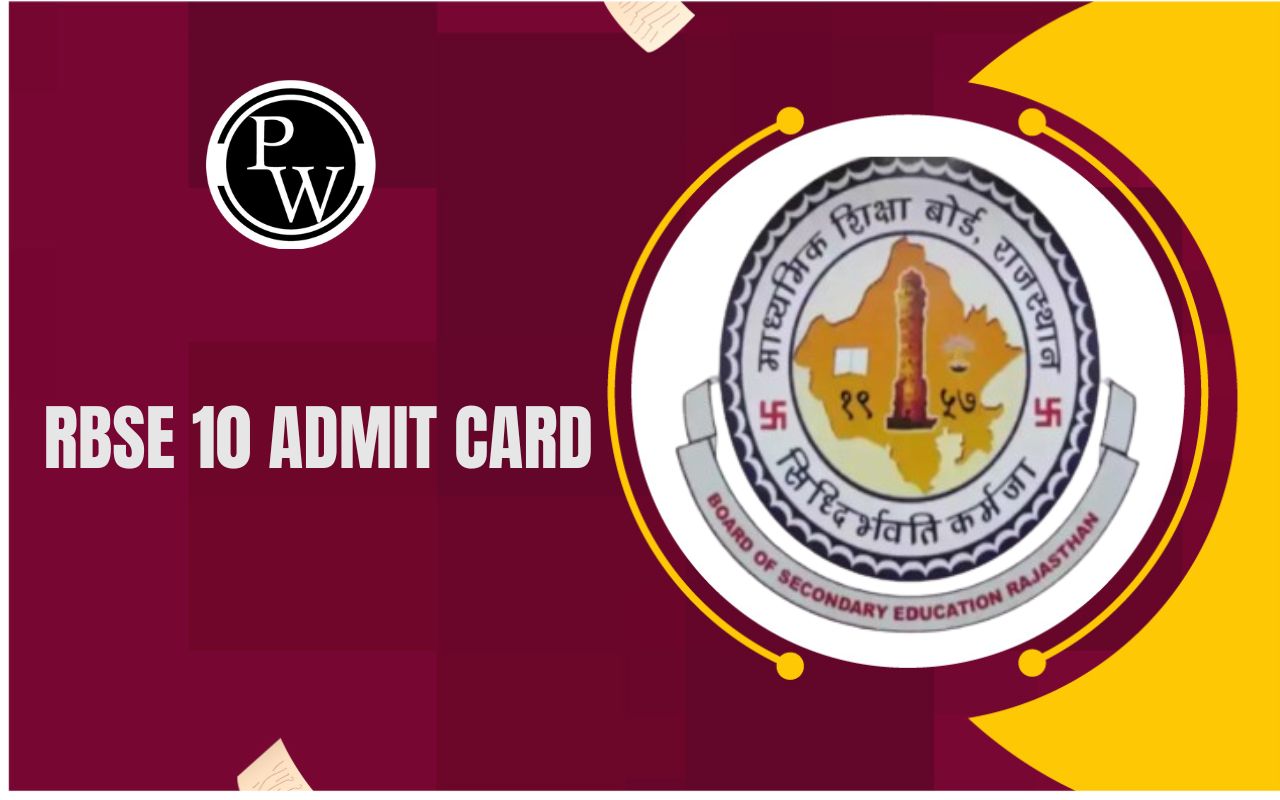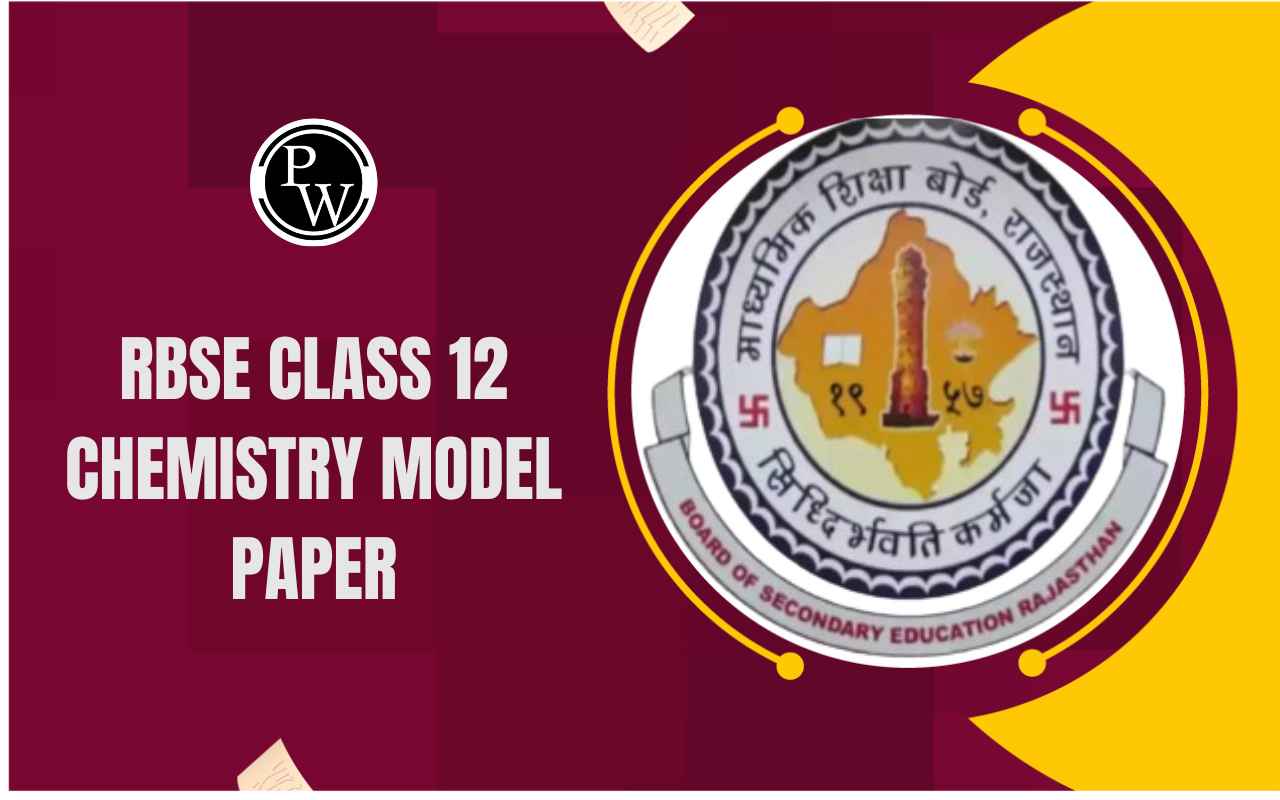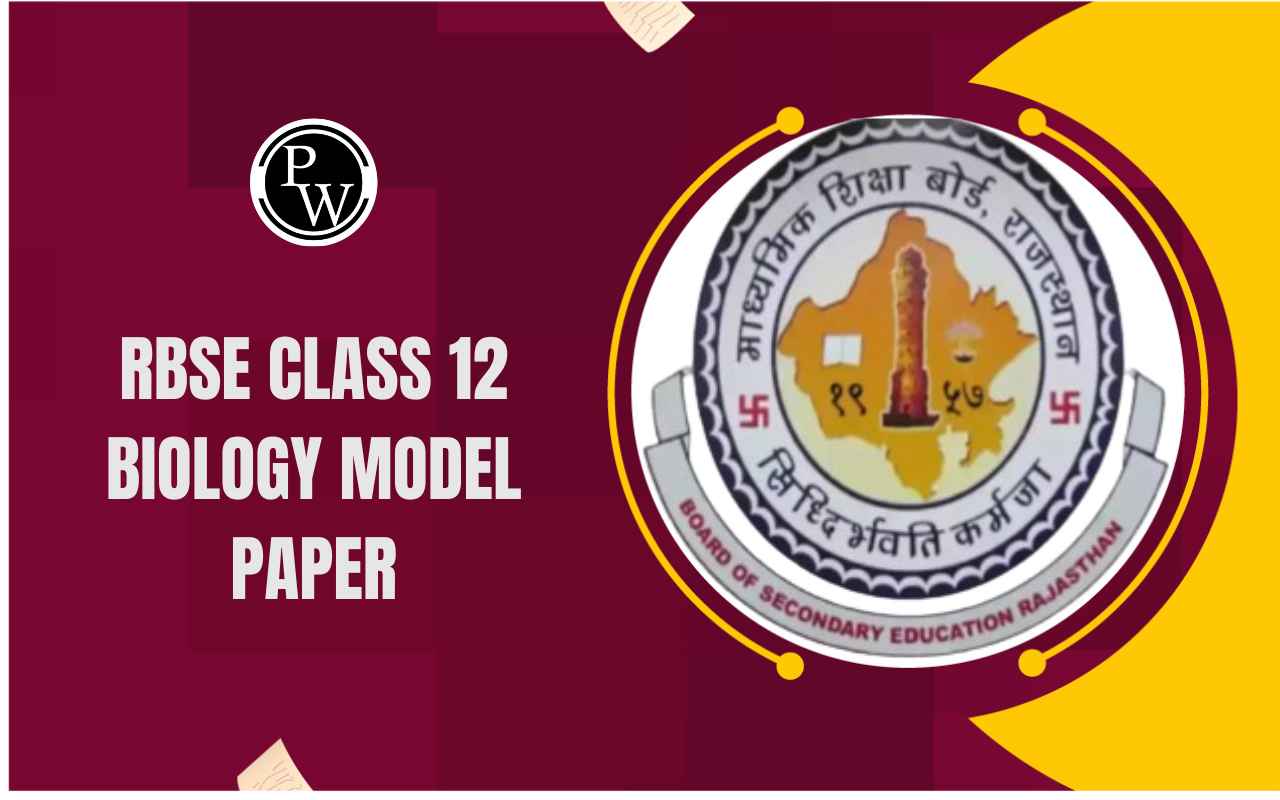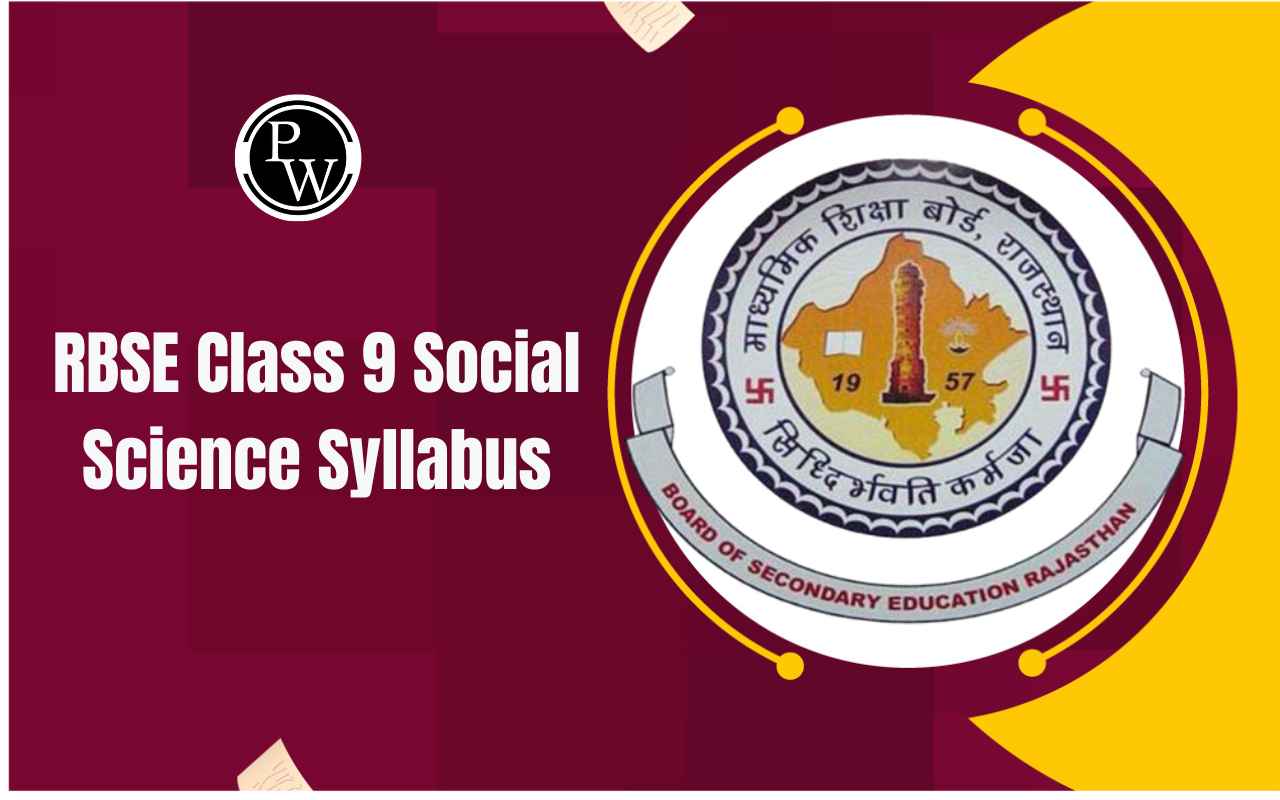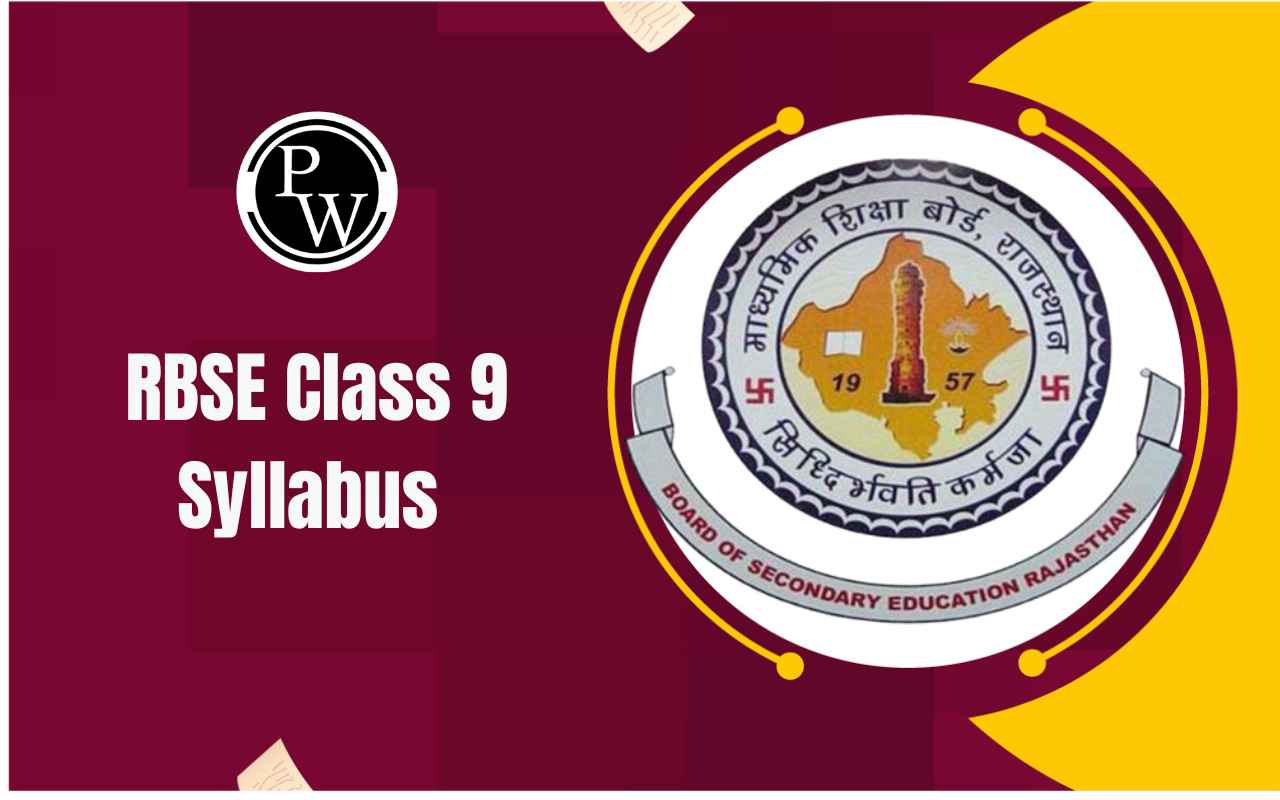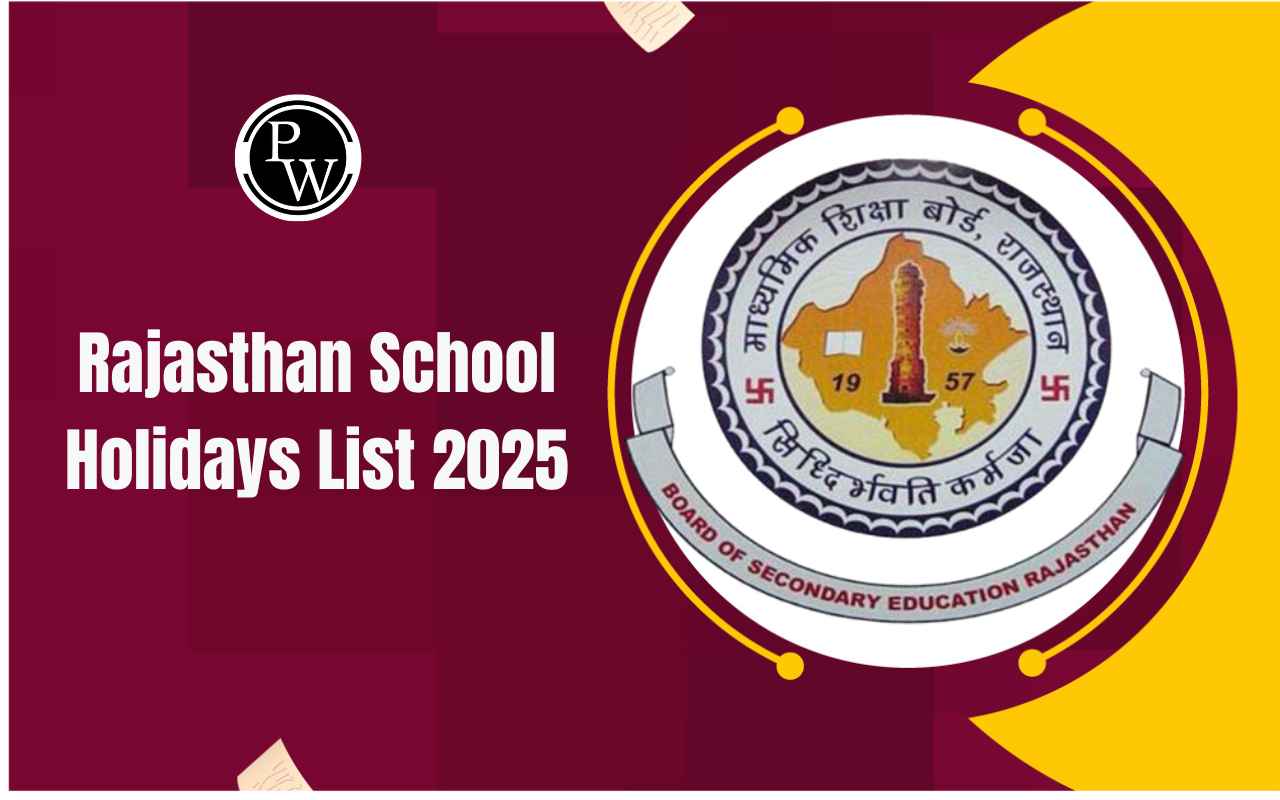

RBSE Class 11th Geography syllabus is designed to give students a strong foundation in physical and human geography. It includes topics like the Earth’s structure, landforms, climate, population, and natural resources. Understanding the exam pattern is essential, as the theory paper carries 70 marks and internal assessment 30 marks.
To score well, students should thoroughly review the entire syllabus and practice map work regularly. Referring to previous year papers helps in understanding the type of questions asked and important topics. A balanced approach to theory, map practice, and revision can ensure success in the final RBSE examination.
RBSE Class 11th Geography Syllabus
The RBSE Class 11th Geography syllabus covers key concepts from physical geography, ecosystems, and regional geography of India and Rajasthan. It is essential for understanding natural phenomena, landforms, and climatic patterns. The syllabus also aligns with the latest exam pattern. Below is the detailed chapter-wise syllabus presented in a table format for easy reference.
|
RBSE Class 11th Geography Syllabus |
||
|
Part |
Chapter No. |
Chapter Name |
|
Part 1: Physical Geography |
1 |
Geography as a Subject |
|
2 |
The Earth as a Planet |
|
|
3 |
Earth – Form, Motions, Location & Time Calculations |
|
|
4 |
Interior of the Earth |
|
|
5 |
Origin of Continents & Oceans |
|
|
6 |
Rocks |
|
|
7 |
Earthquakes & Volcanoes |
|
|
8 |
Major Landforms |
|
|
9 |
Denudation |
|
|
10 |
Agents of Erosion |
|
|
11 |
Atmosphere – Composition & Structure |
|
|
12 |
Insolation & Heat Budget |
|
|
13 |
Air Pressure Belts & Winds |
|
|
14 |
Air Masses, Fronts, Cyclones & Anticyclones |
|
|
Part 2: Ecosystems & India Physical Geography |
22 |
Concept of Ecosystem |
|
23 |
Ecosystem of the River Ganga |
|
|
24 |
India – Location, Extent & Situation |
|
|
25 |
Unity in Diversity of India |
|
|
26 |
India – Cultural Unity in Geographical Diversity |
|
|
27 |
India – Structure, Relief & Physiographic Regions |
|
|
28 |
Drainage System of India |
|
|
29 |
Climate of India |
|
|
30 |
Monsoon System of India |
|
|
31 |
Natural Vegetation of India |
|
|
32 |
Soil of India |
|
|
33 |
Natural Disasters & Management: Earthquakes & Landslides |
|
|
34 |
Natural Disasters & Management: Flood, Drought & Sea Storm |
|
|
Part 3: Rajasthan Physical Geography |
35 |
Rajasthan – Introduction, Physical Features & Drainage |
|
36 |
Rajasthan – Climate, Vegetation & Soil |
|
RBSE Class 11th Political Science Syllabus
Detailed Overview of RBSE Class 11th Geography Syllabus
Below we have provided a detailed Overview of the RBSE Class 11th Syllabus for Geography -
Part 1: Physical Geography
-
Introduction to Geography as a discipline
-
Earth's shape, motions, and effects on time
-
Earth's internal structure and geological events (earthquakes, volcanoes)
-
Formation of continents and oceans
-
Types of rocks and their characteristics
-
Processes of erosion and deposition shape landforms
-
Weathering, mass movement, and landform development
-
Atmosphere: composition, structure, and temperature distribution
-
Insolation and Earth's heat budget
-
Air pressure, global wind systems, and atmospheric circulation
-
Air masses, cyclones, anticyclones, and weather phenomena
Part 2: Ecosystems & India Physical Geography
-
Concept and structure of ecosystems
-
Case study: Ecosystem of River Ganga
-
India's geographical location, size, and boundaries
-
India’s physical diversity and unity in diversity
-
Relief features and major physiographic divisions of India
-
Drainage system: major rivers and basins
-
Climate and monsoon pattern of India
-
Natural vegetation and forest types
-
Soil types and their distribution
-
Natural disasters: earthquakes, floods, droughts, landslides, cyclones – causes and management
Part 3: Rajasthan Physical Geography
-
Introduction to Rajasthan’s geography
-
Physical features and major landforms of Rajasthan
-
Drainage system and rivers of the state
-
Climatic conditions: temperature, rainfall, seasons
-
Natural vegetation and soil types of Rajasthan
Steps to download RBSE Class 11th Geography Syllabus
Here are the steps to download the RBSE Class 11th Geography syllabus:
-
Go to the official website of the Rajasthan Board of Secondary Education (RBSE).
-
Click on the “Books” or “State Books” section on the homepage.
-
Select “Rajasthan” as your state and Class 11 from the class options.
-
Choose “Geography” from the list of subjects.
-
Click on the syllabus link or textbook link provided for Geography.
-
Download the PDF file and save it to your device for offline access.
RBSE Class 11th Geography Syllabus PDF Download
The RBSE Class 11th Geography syllabus is essential for students aiming to build a strong foundation in physical and regional geography. It includes important topics such as landforms, climate, natural resources, and the geography of India and Rajasthan.
Understanding the syllabus helps in effective preparation as per the latest exam pattern. To make it easier for students and teachers, we have provided the official RBSE Class 11th Geography syllabus PDF below for direct download and easy reference.
RBSE Class 11th Geography Syllabus
Study without using the internet
RBSE Class 11th Geography Exam Pattern and Marking Scheme
The RBSE Class 11th Geography exam evaluates both theoretical knowledge and practical understanding. The theory paper is typically worth 70 marks, covering descriptive questions and map interpretation, while the internal assessment carries 30 marks with assignments, projects, and periodic tests. This structure aligns with the latest evaluation methods to ensure comprehensive learning. Check the detailed exam pattern and marking scheme in the table below.
|
RBSE Class 11th Geography Exam Pattern and Marking Scheme |
||
|
Unit No. |
Unit Name |
Marks Allocated |
|
Section A |
Basic Principles of Physical Geography |
|
|
1 |
Geography as a Discipline |
03 |
|
2 |
The Earth |
04 |
|
3 |
Landforms |
08 |
|
4 |
Climate |
08 |
|
5 |
Water (Ocean) |
04 |
|
6 |
Life on the Earth |
03 |
|
7 |
Map Work |
05 |
|
Section B |
Physical Environment |
|
|
1 |
Introduction |
02 |
|
2 |
Physiography |
12 |
|
3 |
Climate and Vegetation |
11 |
|
4 |
Natural Hazards and Disasters: Cuases, Conse and Management |
05 |
|
5 |
Map Work |
05 |
|
|
Total |
70 |
RBSE Class 11th Hindi Syllabus
RBSE Class 11th Geography Assessment and Projects
The RBSE Class 11th Geography curriculum emphasizes not just theoretical understanding but also practical engagement through assessments and projects. Internal evaluation contributes 30 marks, including periodic tests, assignments, map work, and field-based projects.
Students undertake activities like landform modeling, mapping exercises, case studies (e.g., river ecosystems), or field surveys within local geography. These projects enrich analytical skills, application of geographical concepts, and presentation abilities. A well-documented project report, including observations, photographs, data tables, and maps, helps secure full marks and fosters deeper learning in practical geography.
RBSE 11th Class English Syllabus
Preparation Tips for RBSE Class 11th Geography Syllabus
Here are some preparation tips for RBSE Class 11th Geography to help you excel in both theory and internal assessment:
1. Understand the Syllabus Thoroughly
Start by reading the entire syllabus carefully. Divide it into sections like Physical Geography, Ecosystems, Indian Geography, and Rajasthan Geography.
2. Prioritize Important Chapters
Focus more on chapters that carry higher weightage in the exam, such as landforms, natural disasters, climate, and Indian physiography.
3. Practice Map Work Regularly
Map-based questions are easy to score. Practice identifying rivers, mountain ranges, soil types, and states, both from India and Rajasthan.
4. Make Concise Notes
Create chapter-wise notes with definitions, important terms, and diagrams. These help in quick revision during exam time.
5. Solve Previous Year Papers
Go through past year papers to understand the exam pattern, commonly asked questions, and how to manage time effectively.
6. Use Diagrams and Flowcharts
Include neat and labelled diagrams or flowcharts in your answers wherever possible to enhance clarity and presentation.
7. Focus on Internal Assessment and Projects
Complete all assignments, projects, and activities on time. These carry 30 marks and can significantly boost your overall score.
8. Revise Frequently
Regular revision is key. Make a weekly revision schedule to go over completed topics and retain them better.
| Other Important Links: | |
| RBSE 12th Toppers List 2025 | RBSE 10th Toppers List 2025 |
| RBSE 12th Result 2025 | RBSE Board 10th Result 2025 |
RBSE Class 11th Geography Syllabus FAQs
What is the total marks for RBSE Class 11th Geography?
How many parts are there in the syllabus?
Is the syllabus useful for competitive exams?
Is map work included in the RBSE Geography exam?





